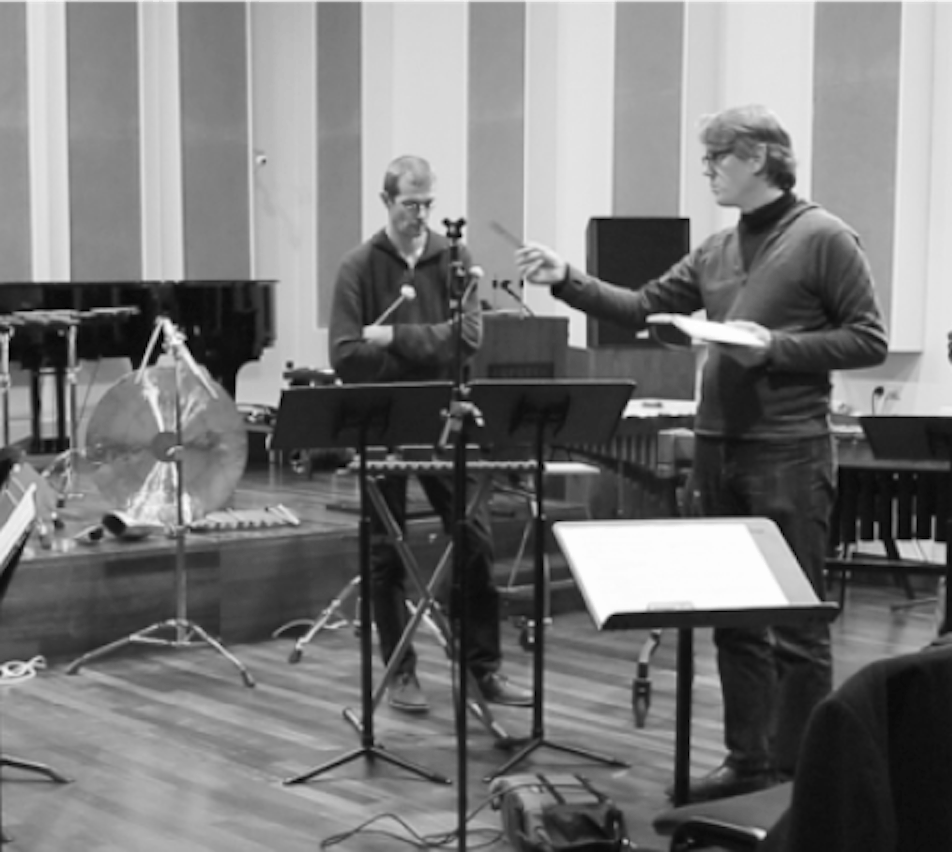Throughout history, the classical guitar has been widely explored as a vehicle for solo performances. Its centuries-long tradition of solo music, including the repertoire of early plucked-string instruments, has probably no parallel in any instrument other than those of the keyboard family.
However, surprisingly different from the keyboard instruments, the guitar is not nearly as commonly used within unaccompanied improvised-music contexts. It appeared to Aliéksey that the reason for this has to do with the fact that improvising guitarists almost always approach the instrument monophonically or homo-rhythmically – limiting themselves, in other words, to play either single lines or blocked chords. With such limited textural variety, it seems that generating enough interesting material for whole solo performances or recordings becomes a great challenge. Considering the rich multi-textural nature of the classical guitar repertoire and this monophonic/homorhythmic nature of the majority of improvised guitar music, two questions arise:
• Why does the textural gap between the music that one can improvise and that which one can practice and learn to play (as in completely written-out music) seem to be bigger in the case of the guitar than, for example, in that of keyboard instruments?
• How can one practice and develop the ability to improvise heterophonically on the unaccompanied classical guitar?
This research is being done through three main activities: a study of renaissance style counterpoint and improvisation, primarily guided by Dusan Bogdanovic’s method book "Counterpoint for Guitar"; the analysis of writings and recordings of master guitarists such as Ralph Towner, Joe Pass, Marc Ducret, and Charlie Hunter; and the compilation of Vianna's own technical findings and musical ideas in a series of exercises and pieces.

